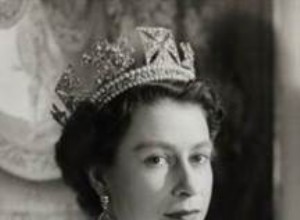Aspasia, born in Miletus (Asia Minor) in 470 and died in 400 BC, was a learned Greek courtesan who won the respect of the great men of her time. A hetaera Aspasia is the daughter of Axiochos, of whom little is known, and probably belongs to the family of Alcibiades . She probably belonged to a wea




